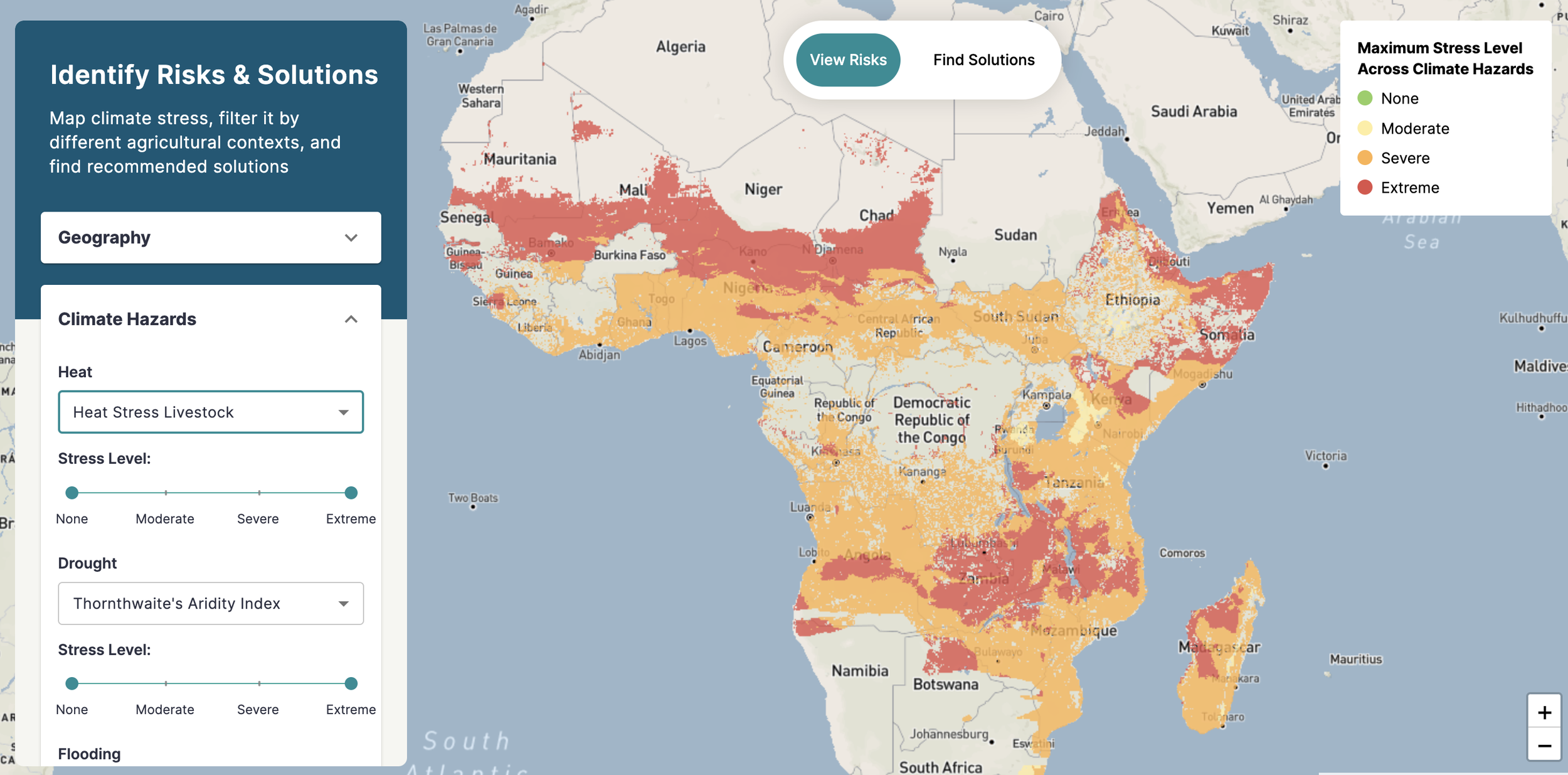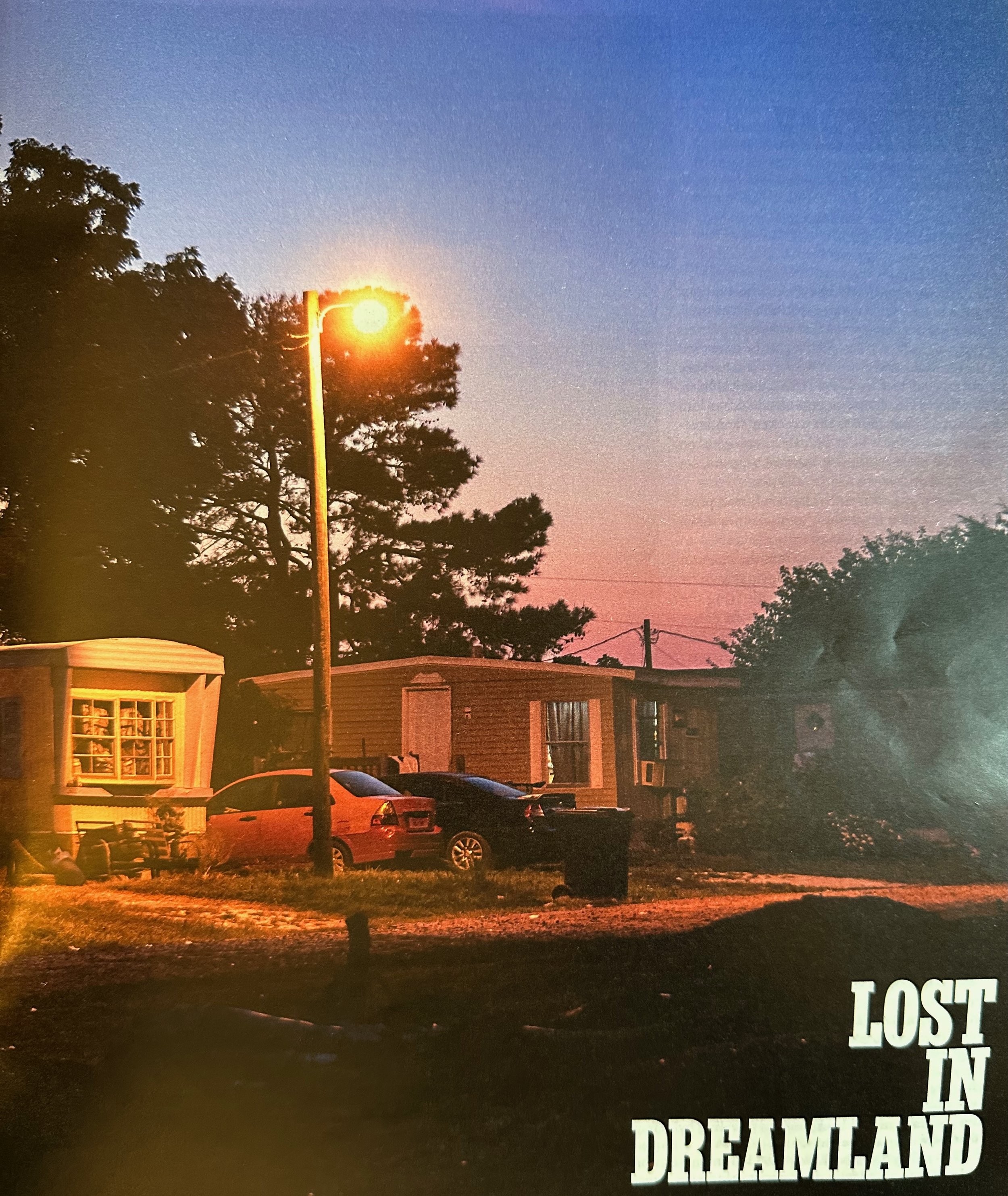In my first year at Columbia University as a Professor at the new Climate School, it has truly been a pleasure getting to know the graduate MA students in Climate + Society. While the past few weeks have been disquieting on campus (and let’s see if the students have a graduation), it is that time of year when they come to me for advice on potential jobs and careers. Students want to discuss life advice on how they can carve out a path that is meaningful personally and professionally. The funny thing is, at 52, I am still trying to figure that out. I often say, “My plan was not to have a plan.” That may not be all that helpful in practical terms…
Copyright: © MARK SELIGER
But there is a person who I find quite helpful as even I continue to navigate what I want to be when I grow up. I recently watched the four-part documentary on Paramount called “Willie Nelson and Friends.” Now, let me tell you that I am not a huge fan of Willie Nelson’s music. I appreciate many aspects of him, his talent, and his voice, but I don’t partake, so to speak. My perception of Willie before watching the series is that he is considered the pot-smokin’ punk rocker of the country world. And after watching the series, I realized he is so much more. Why am I digressing to Willie about career advice? Well, because he has some lessons to teach us on how to work and live well, and you can seamlessly do both. I feel quite strongly about these three lessons and I try to make headway towards them.
Lesson number one: Only do work you enjoy. Willie spent a long, long time trying to accommodate what Nashville and the public wanted to hear and wanted him to be. He started off in the Air Force and held many remedial, random jobs, even moving to Washington state before settling in Nashville, where he pursued singing and songwriting. But his persona, his look, his music—while appreciated—never launched him into superstardom in Music City. It wasn’t until he started pursuing the kind of music he wanted to listen to, dressing the way he was comfortable, and living the life he was meant to live in his home state of Texas that he truly came into being quintessential Willie. He describes himself as the “Ol’ Cotton-Pickin’, Snuff-Dippin’, Tobacco-Chewin’, Stump-Jumpin’, Gravy-Soppin’, Coffee-Pot-Dodgin’, Dumplin’-Eatin’ Hillbilly From Hill County.” Remember, Willie came from stark poverty and abandonment. There is a part in the documentary where he says, “Freedom is control in your own life. I have more control now than in the past, and I'm learning the value of saying no.” While we all have to do things we don’t enjoy in our jobs, most of your time should be spent doing projects and work you truly take pleasure in. As Willie said, “We create our own unhappiness.” There are estimates that we spend 1/3 or more of our life at work. How to make the most of those 100,000+ hours? I know this all seems basic and privileged, but being authentic and true to (and honest with) yourself is at the core for everyone. Willie does it. So can we.
Lesson number two: Keep on, keepin’ on. Willie is 90. He struggled for a long time to find his voice and purpose, but he found it. He had many personal losses, heartbreaks, and health scares (and owed the U.S. government 32 million buckaroos for a stint), but he was able to take all the lows that life dealt on the chin and kept pushing on. He remains incredibly prolific with 152 albums. Now, maybe there isn’t enough self-editing going on there, but he has this urge (and enjoys) writing and composing music, collaborating with different genres of music, and touring. Part of his stamina relates to lesson one. If you love what you do, you want to keep doing it. In the documentary, Willie says, "It's hard to believe it was 60 years ago I wrote a song 'Funny How Time Slips Away.’ I was only 27, and I really didn’t know what I was talking about."
Number three: Be collaborative and find your tribe. Willie has collaborated with just about everyone in country music, and in other genres. His relationship with Ray Charles, for example, was exceptional. Everyone “in the business” has nothing but nice things to say about him. Willie Nelson Family’s motto is: “Don’t be an asshole. Don’t be an asshole. Don’t be a goddamn asshole.” This ethos is what enabled him to start Farm Aid, which is an incredible endeavor started in 1985 to “build a system of agriculture that values family farmers, good food, soil and water, and strong communities. Our annual music and food festival celebrates farmers, eaters, and music coming together for change.” Willie is always on the road, bringing his tribe with him. His band is made up of immediate family (including his sister and sons) and some of the same members for the last 50+ years. At the core is knowing who you are, figuring out what you love, and who you want to do it with.
Well, maybe there is a number four. Pay your taxes because the IRS will always catch up to you….





